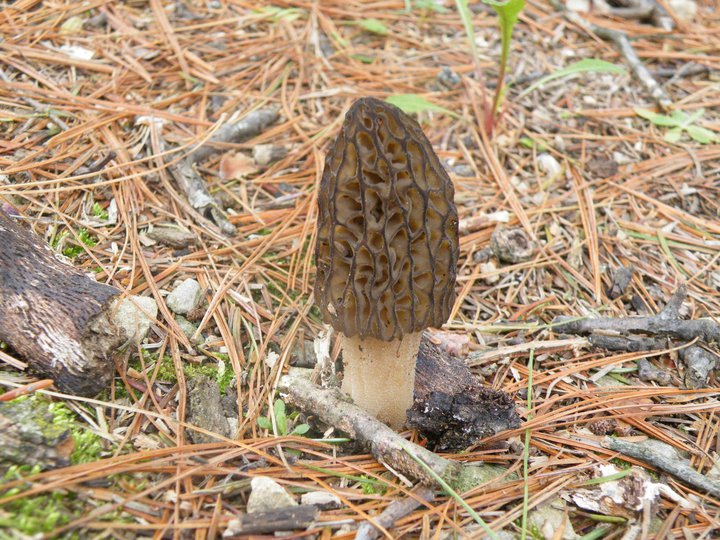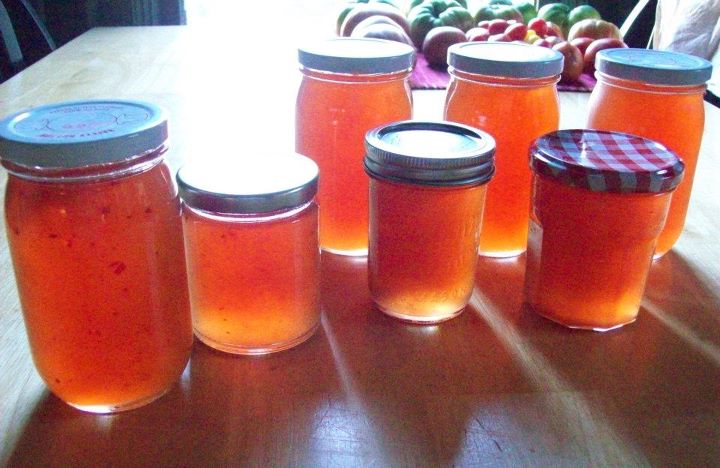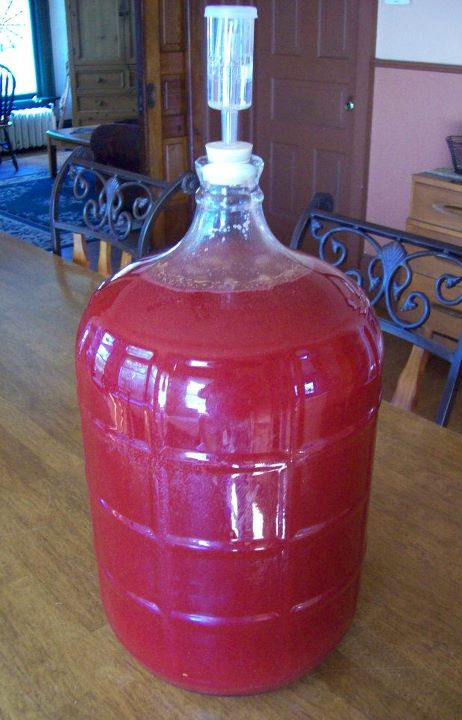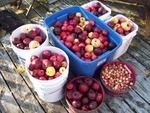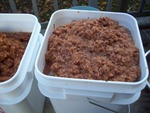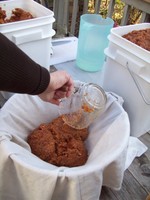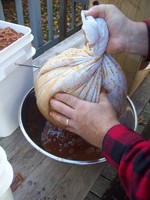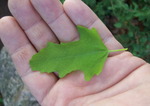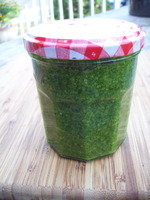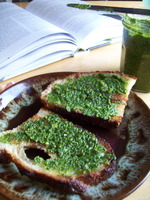Making Apple Wine
 Thursday, November 17, 2011 at 9:19PM
Thursday, November 17, 2011 at 9:19PM I've been posting a lot of images and status updates about our apple foraging adventures of the past several weeks on my personal facebook page (the title of the page is my name, David Smith, but the URL is http://www.facebook.com/JavaTikiKing). We've been apple picking maniacs this autumn, keeping a sharp eye out for apple trees every time we go anywhere. We've harvested from single and multiple trees along country roads, amongst old farmhouse ruins, public parks, private properties and friends' backyards. Many dozens of bushels (well over a couple thousand pounds) and over two dozen varieties have filled our buckets, baskets and bags. It's been a lot of fun, not unlike a treasure hunt full of surprises and excitement.
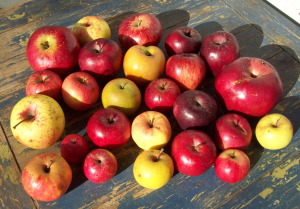
We've consumed a lot of apples in the form of jellies and jams, apple pies and crisps, fruit pizzas and apple sauce, apple cider and fresh apples straight from the basket. Apples, apples, apples. I've also got the food dehydrator running with trays full of sliced apples as I write this. But the most fun has been in the making of apple wine. At the moment we've got glass jugs and carboys full of apple cider (juice that will become wine is called the "must") in various stages of fermentation.
I'm not going to provide a detailed a description of the process and recipes in this post, but rather just wanted to share a few images from a batch we made earlier this week (click on the images to enlarge):
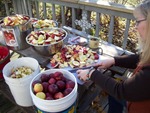 1 & 2) Gather & wash your apples; Core & rough chop.
1 & 2) Gather & wash your apples; Core & rough chop.
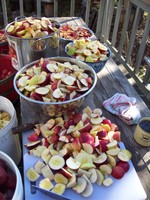
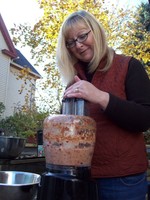 3 & 4) Chopped apples ready for the processor; Kim turning them into pulp.
3 & 4) Chopped apples ready for the processor; Kim turning them into pulp.
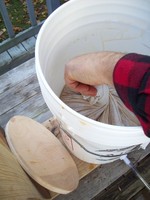
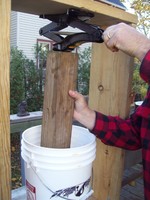 8 & 9) Putting the bag o' pulp into the press.
8 & 9) Putting the bag o' pulp into the press.
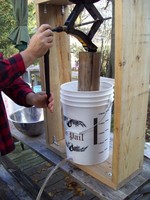
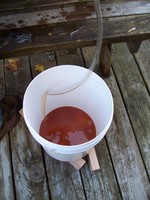 10 & 11) Pressing and getting the cider.
10 & 11) Pressing and getting the cider.
12) 5 gallons of fresh cider!
13) Apple must the day after adding the pectic enzyme. Racked it to eliminate all the silt (lees) at the bottom; then added sugar, yeast nutrient and yeast; capped with an airlock; let 'er sit and ferment for two or three months.
I've got a good deal more to write about the apple press. It went through several modifications as we had to address design flaws. Look for that, as well as a more detailed look at the wine making process, in a forthcoming post.

